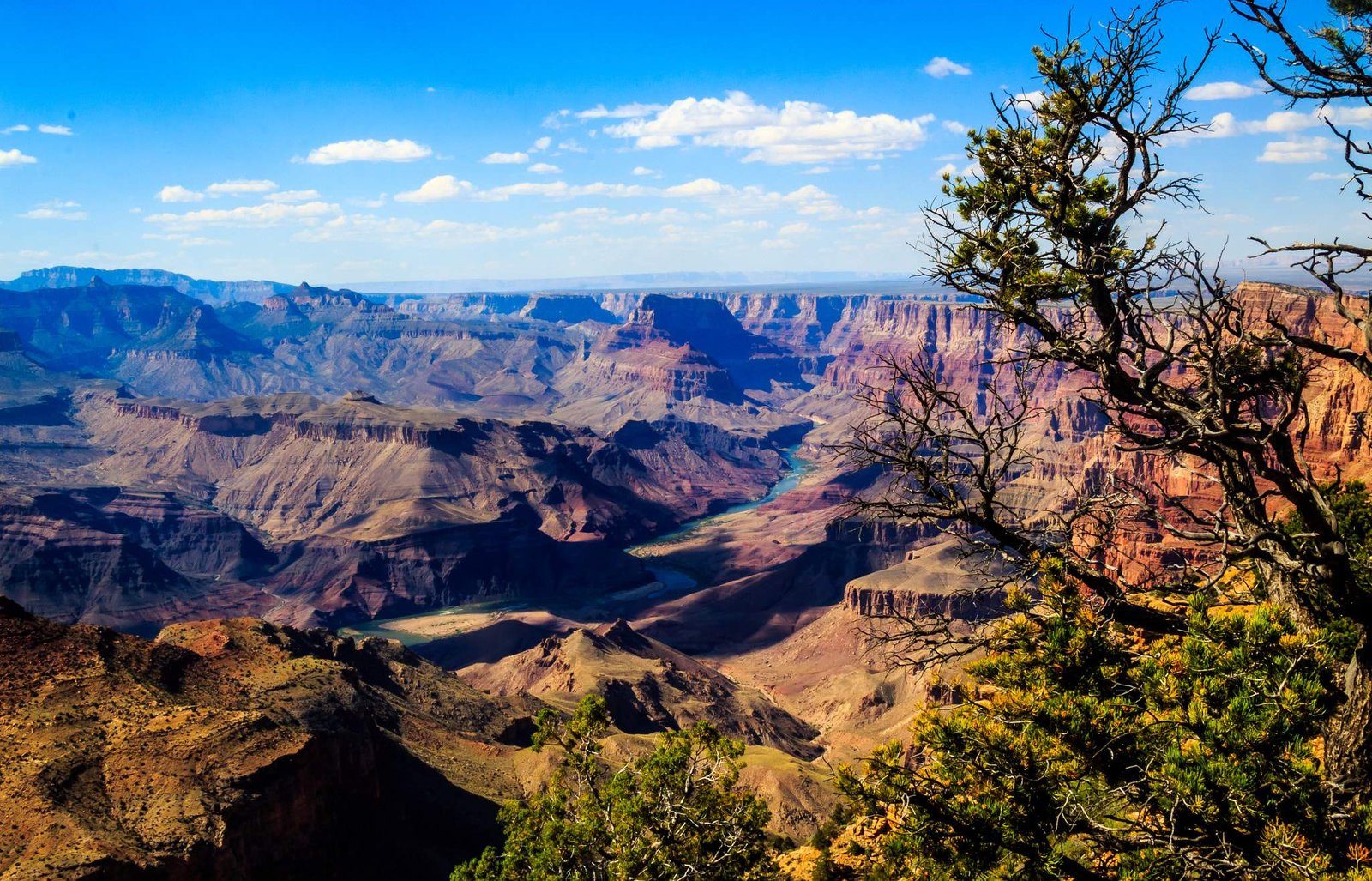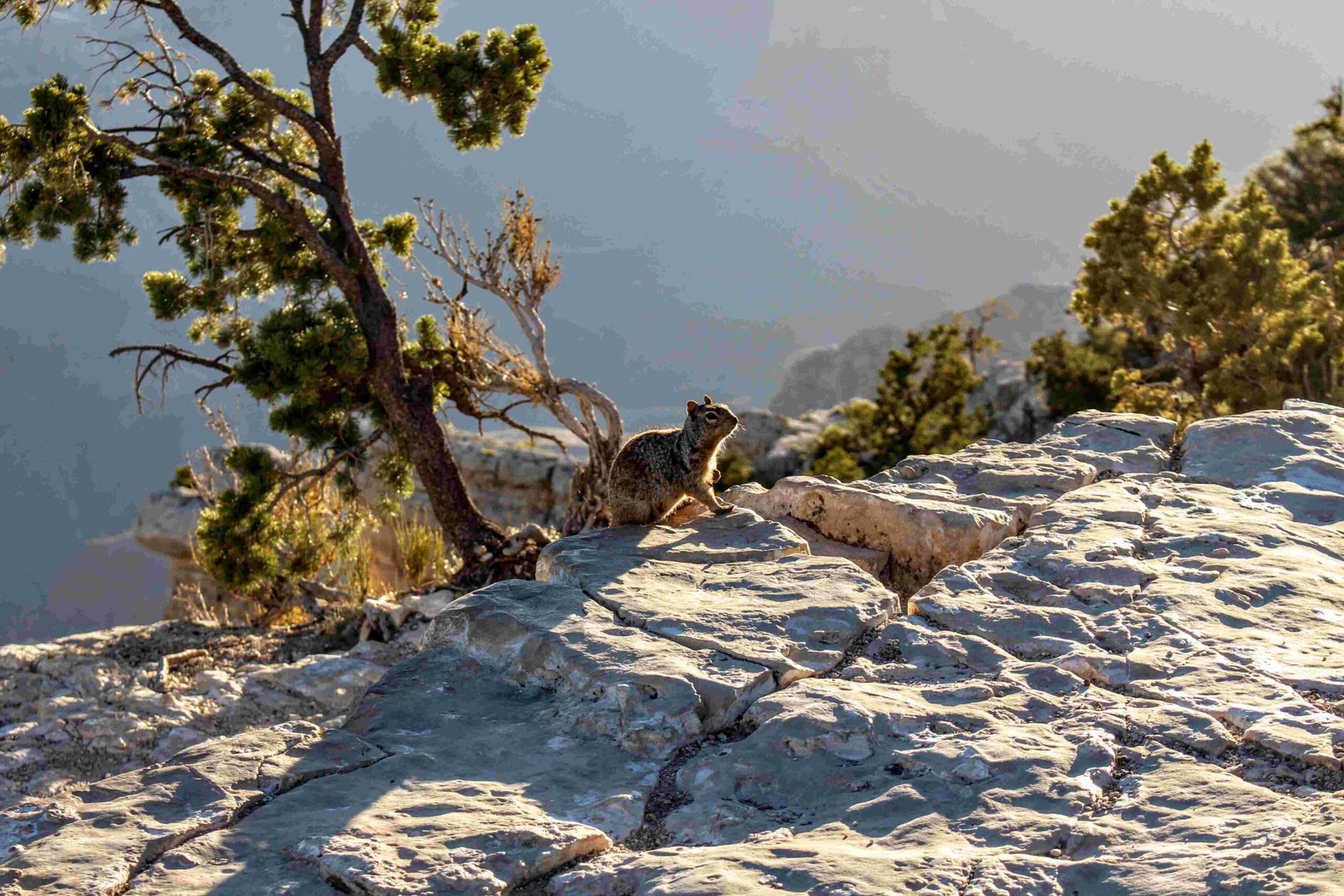The timeline of Grand Canyon National Park represents a remarkable saga of environmental preservation, legislative advocacy, and natural conservation. Spanning over a century, this journey chronicles how a breathtaking geological wonder transformed from an unprotected landscape to a globally recognized national treasure, encompassing critical milestones in American conservation history and establishing itself as one of the world’s most iconic natural landmarks.
What Were the Early Conservation Efforts?

The timeline of Grand Canyon National Park begins long before its official establishment. Key early conservation efforts include:
- 1882: First legislative attempt to establish the park
- 1893: Presidential designation of Grand Canyon Forest Reserve
- 1906: Creation of Grand Canyon Game Preserve by President Theodore Roosevelt
- 1908: Establishment of Grand Canyon National Monument
Significant Legislative Milestones
| Year | Event | Significance |
|---|---|---|
| 1872 | Yellowstone National Park Established | Initiated national park movement |
| 1890 | Sequoia and Yosemite Protected | Advanced conservation principles |
| 1906 | Antiquities Act Passed | Enabled presidential monument creation |
How Did the National Park Emerge?

The journey to national park status involved persistent legislative efforts:
- Multiple unsuccessful bills were introduced between 1882-1886
- Continuous advocacy by conservationists and politicians
- Strategic use of presidential proclamations
Presidential Involvement
- Benjamin Harrison: Introduced initial protection bills
- Theodore Roosevelt: Created Game Preserve and National Monument
- Woodrow Wilson: Signed Grand Canyon National Park Act on February 26, 1919
What Happened After Official Establishment?
Following its establishment, the park experienced significant developments:
- 1919-1929: Infrastructure development
- 1930-1941: Balanced conservation and development period
- 1942-1945: Reduced activities during World War II
- 1956-1975: Major infrastructural expansions
What Are the Park’s Key Statistics?
Visitor and Park Metrics
- Total Area: 1,217,262 acres
- Annual Visitors: 4.7 million (2023)
- River Coverage: 277 miles of Colorado River
- Wilderness Area: 94% of total park
What International Recognition Did the Park Receive?
- October 26, 1979: Designated UNESCO World Heritage Site
- February 26, 2019: Celebrated 100th anniversary
How Has Conservation Evolved?
Conservation efforts have continuously adapted:
- Noise pollution regulations
- Wildlife protection measures
- Sustainable tourism development
- Climate change mitigation strategies
Unique Preservation Challenges
- Managing high visitor numbers
- Protecting delicate ecosystem
- Balancing tourism with conservation
- Addressing climate change impacts
What Makes the Timeline Significant?
The timeline of Grand Canyon National Park represents more than a historical record. It symbolizes:
- Triumph of environmental preservation
- Legislative commitment to natural heritage
- Collaborative conservation efforts
- Global recognition of natural wonders
Future Outlook
The park continues to evolve, facing modern challenges while maintaining its core mission of preservation and public education.
References:
1. Wikipedia – Grand Canyon National Park
2. National Park Service Official Website
3. UNESCO World Heritage Site Listing
4. Library of Congress Historical Records
5. National Parks Traveler

